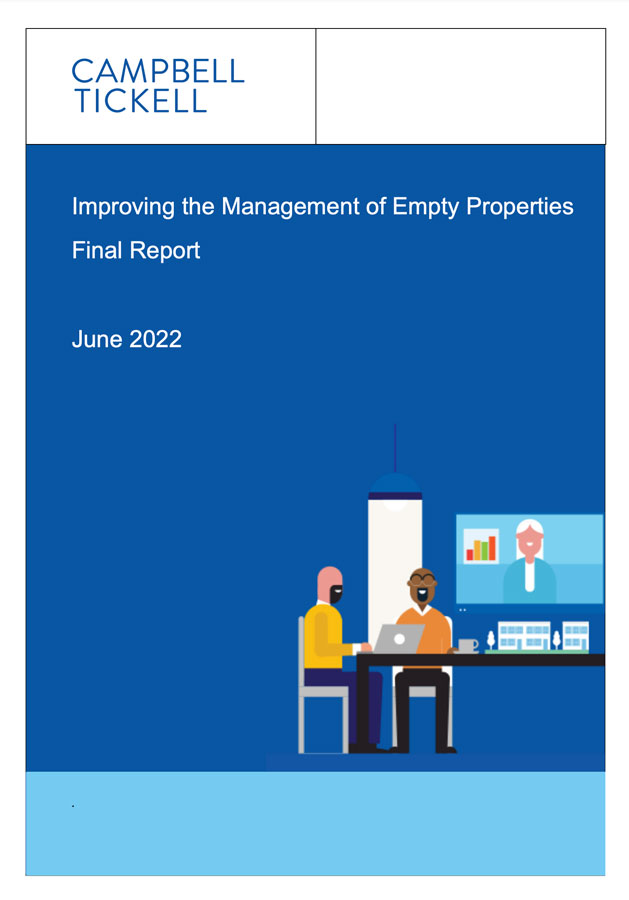Crossing the void
A Campbell Tickell report on void management outlines how the Irish sector can reduce turnaround times and bridge the performance gap with their English counterparts

STRATEGY
Image: Istock

Jon Slade
Director, Campbell Tickell
It takes an Irish local authority on average 28 weeks to turn around a void property. In contrast it takes an English local authority 28 days. It takes an Irish Approved Housing Body (AHB) on average 11 weeks and their English Registered Provider equivalent three weeks. The scale of these differences was one of the reasons the Housing Agency commissioned Campbell Tickell to undertake research to consider why such a performance gap exists and to make suggestions for improvements.
Complex problem
The case for shorter void periods is easy to make: people in need get housed quicker and less rent is lost. However, void management is one of the most complex multi-team housing management processes. It is a process requiring many activities by a range of frontline staff. It is often a small part of several roles and rarely the sole focus of any one role.
The most important factor in driving void durations downwards in England was an enduring consensus among politicians and senior officers that longer void durations wasted public money and left applicants in unsatisfactory conditions for longer.
It was this unremitting top-down pressure that provided motivation and support for the many process-related changes that shorten void durations. Key changes made in England include:
- Contractors lined up to deliver quickly to the required quality
- A crystal-clear void process with timescales for every important stage
- An allocations process focused on producing successful nominations in short timescales
- A straightforward void property specification
- Intense, close, frequent, focused performance management
Reasons to be optimistic
The greatest cause for optimism is that the Irish housing sector is 90% similar to the English sector. Significant improvement is possible.
Our report contains a good practice guide and property checklist.
One key difference in Ireland is that the funding mechanism supports and enables doing lots of work to void properties rather than incentivising fast turnarounds.
In our research, 45% of survey respondents do the maximum possible works to each void property.
Strategic issues
It is easy to focus on void process issues, but the wider strategic issues are of equal importance. For example, many landlords do not have comprehensive stock condition data. The lack of this data leads to a preference for the convenience of doing major works to void properties rather than planning a programme of work to occupied homes.
Another strategic stumbling block is procurement strategy. Many landlords do not have specific terms/prices for the delivery of void works. Day-to-day repairs contract terms are not geared towards the fast turnarounds needed to shorten voids periods.
Delays in obtaining a successful nomination from an allocations team are a further significant factor in Irish void performance.
Similar delays in England were eliminated by allowing landlords to make their own direct allocation if a nomination was not received from an allocations team within a target period. This approach ensured that allocations teams focused on the many tactics available to reduce allocation timescales.
Proven good practice
The good news is that proven good practice exists to support improvement on any and every aspect of void management, from the most strategic to the most operational and spanning the many teams involved. The biggest challenge is the fragmented responsibilities.
The best engine to cause and maintain change is the issue of void management achieving a high profile and the emergence of an enduring consensus, pressure and focus on reducing void durations.
Without this, committed individual staff will continue to struggle to make lasting impacts across the necessarily fragmented process. We very much hope to see such a consensus and focus grow.
“The good news is that proven good practice exists to support improvement on any and every aspect of void management, from the most strategic to the most operational and spanning the many teams involved.”


